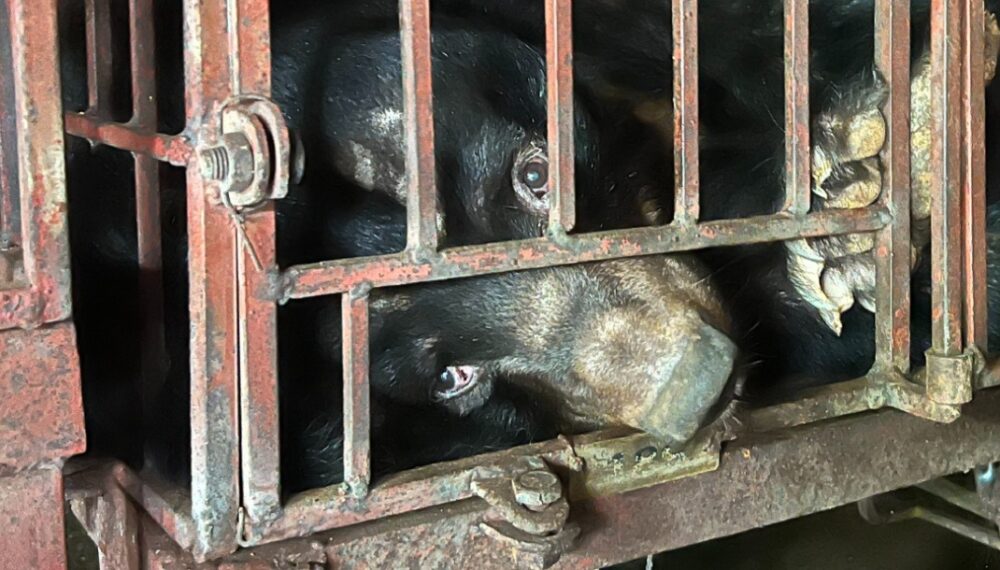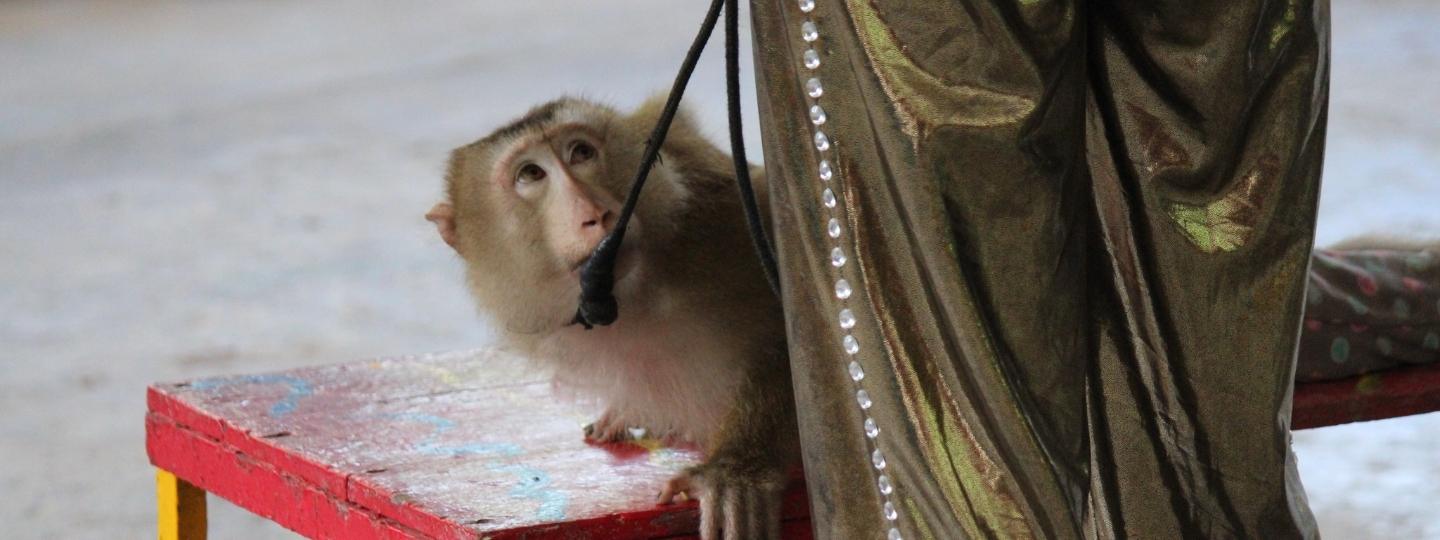
Animals in entertainment
The cruelty behind the curtain
Across Asia, wild animals are forced to perform in circuses, street shows and theme parks. Tigers jumping through hoops. Monkeys riding bicycles. Bears spinning in circles. These acts may draw applause – but they’re built on pain, fear and a complete denial of the animals’ needs.
Forced to entertain
Wild animals don’t perform willingly. They’re trained using fear, pain and punishment. Most are taken from their mothers when they’re just babies and subjected to brutal training that leaves lasting physical and emotional scars.



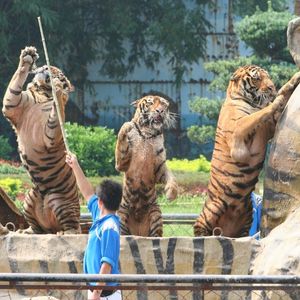
Common training methods include:
- Beatings with whips, metal rods or bull hooks
- Food deprivation to enforce obedience
- Isolation to break their spirit
- Removal of claws or teeth in large carnivores



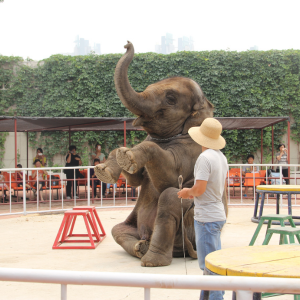
The hidden reality of animal performances
After the crowds have left, the animals are often confined to barren cages – far removed from the environments they need to thrive.
Many display unnatural repetitive behaviours – like pacing, swaying or self-mutilation – signs of deep psychological distress.




They often develop:
- Arthritis and joint issues from unnatural movements
- Mental illness from isolation, fear and trauma
- Physical injuries that go untreated for years
- Shortened life spans due to chronic stress and poor nutrition
These animals aren’t performing for fun. They’re performing to survive.




What we're doing
See how Animals Asia is working to end these industries
-

Ending elephant riding tourism Vietnam
Find out how we're ending elephant riding in Vietnam through ethical tourism and community-led change.
-
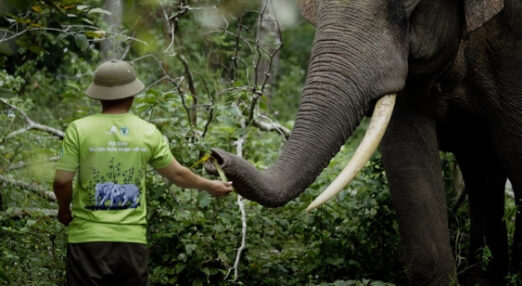
Captive animal welfare
Improving captive animal welfare across Asia through rescue, reform, education and collaboration.
-
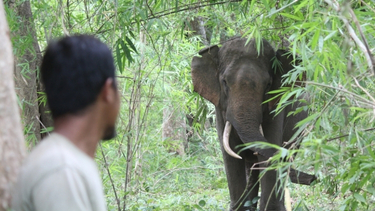
Ethical elephant tours Vietnam
See rescued elephants roam free in Vietnam’s first ethical tourism program.
Help us put an end to animal cruelty
Animals are being captured and exploited every day. Animals Asia has helped thousands, but there is always another animal in need of our help. Please donate today.
Donate now